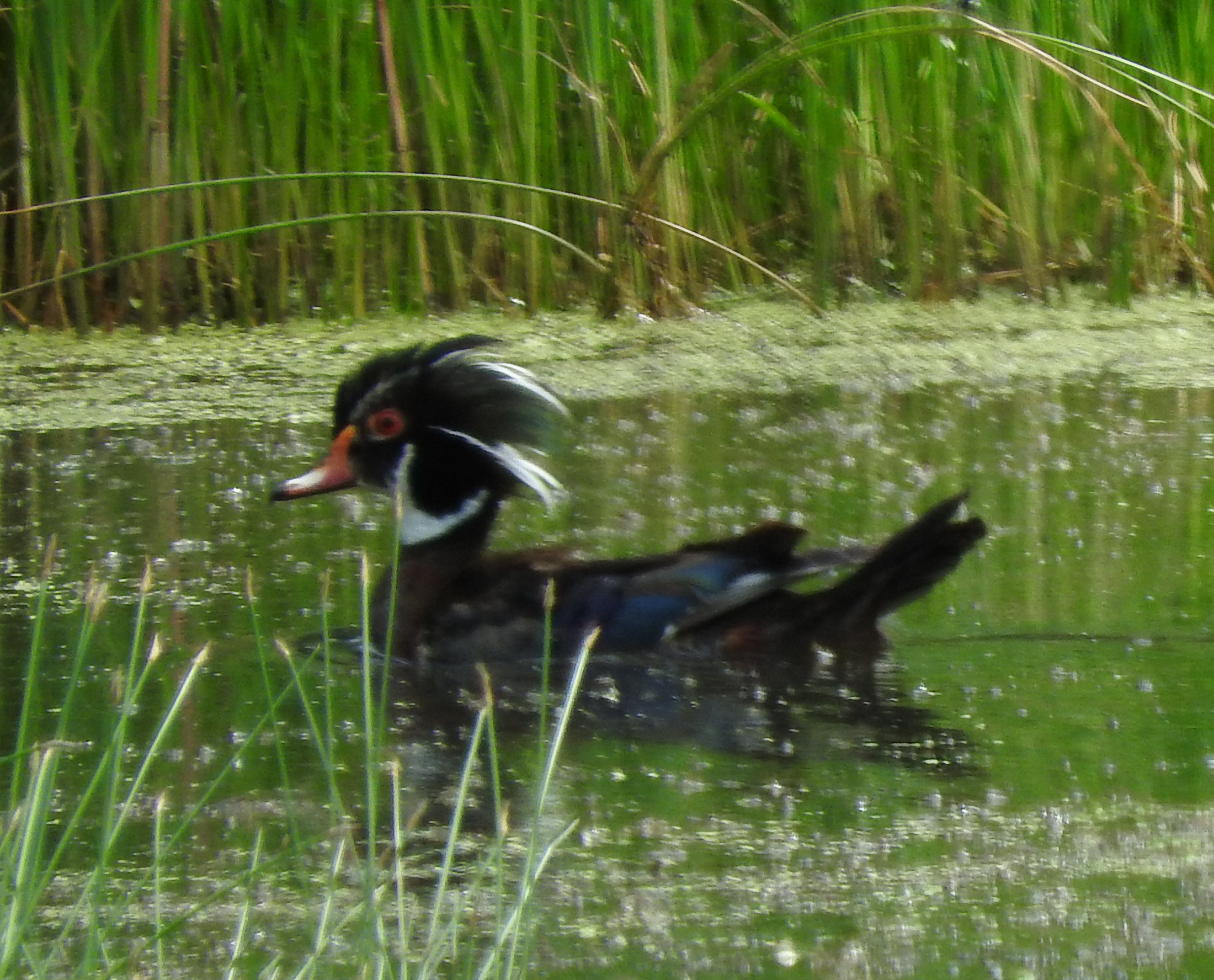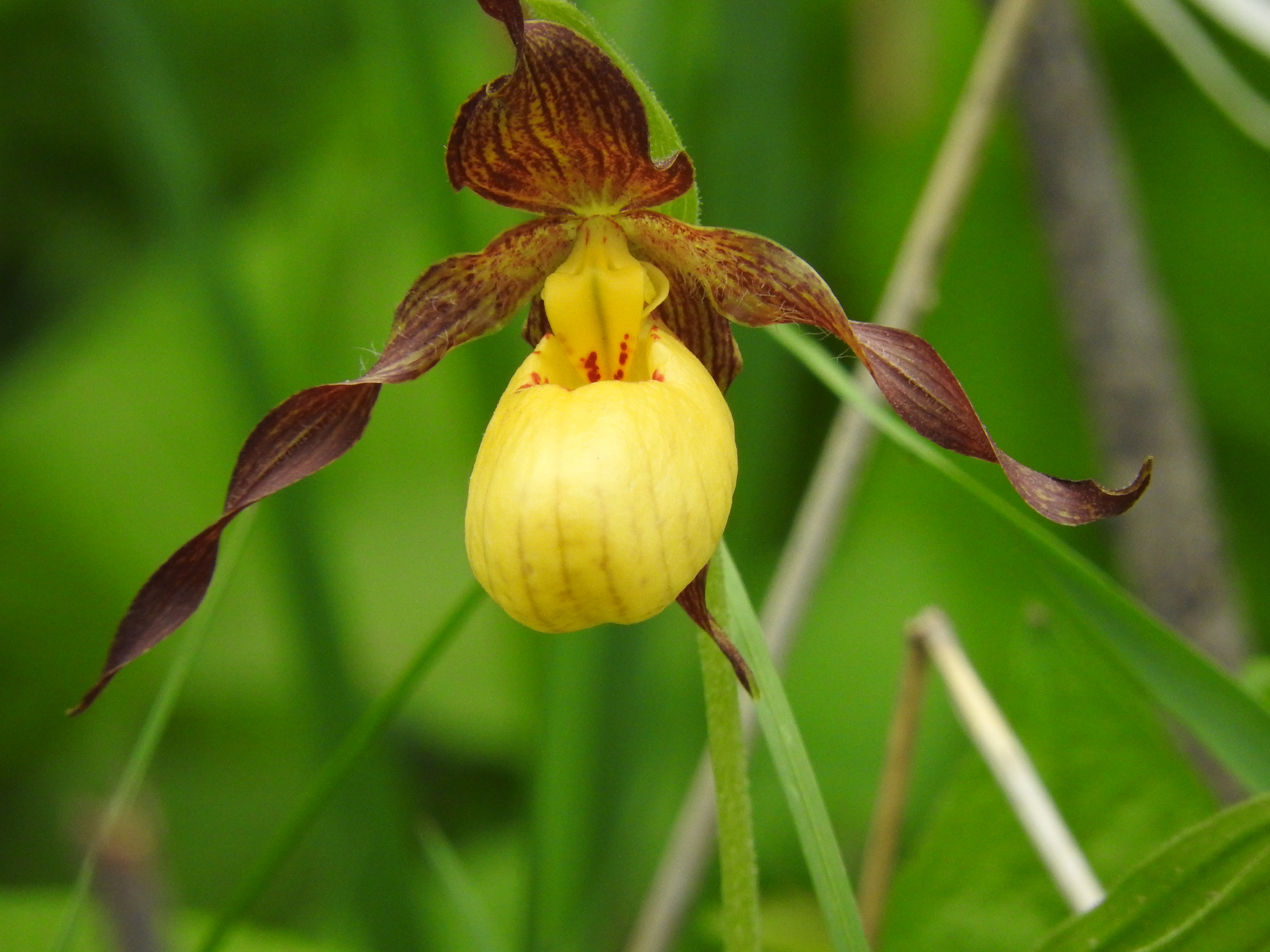I awoke suddenly and glanced at the fluorescent face on my wrist watch. It shines back 4AM. I bolt out of bed as my alarm was set for 3:45AM. I feel an urgency as I click on the lamp.
I am going salmon fishing on the Columbia River!
I draw back the curtains and check the weather conditions. By the lights of a nearby marina, I can see that it is foggy and drizzling. I nod in acknowledgement that this is the Oregon coast and that I am in Astoria. I search for my rain pants!
With a scheduled meeting time at 4:45AM with my fishing guide at his marina, I hurry and complete the packing of my day pack. I feel excited as this is the second day of the opening of the Chinook Salmon fishing season.
Chinook or King Salmon are the largest of the salmon Species. They are highly priced for their mild flavor and of course, their size gives them the ability to put up a tremendous fight. They are a great sport fish!
As I drive to the guide’s boats mooring spot, I run through the information I had obtained from other fishing guides who I had queried the night before as to the quality of the fishing. I knew that for the entire month of July, fishing for any type of Salmon was closed. The closure was by the Oregon Fish & Game department as a measure to limit the fish caught and protect the fishery. So, when the sportfishing fishing resumed on August 1st, not a lot of information on fishing quality was available. The general report from the first day’s catch was that the nearby Ocean was good, but fishing in the Columbia was “slow.”
Graveyard of the Pacific
Not everyone knows about the Columbia Bar at the entrance of the river into the Northern Pacific waters is the most dangerous area on the entire U.S. coastline. It is called the “Graveyard of the Pacific.” More than 2000 boats have sunk trying to navigate the rough waters where the Columbia River meets the Pacific.
The Columbia is the fourth largest river in the U.S. When its four-mile-wide waters meet the prevailing winds and higher tides of the Pacific Ocean, waves up to 40 feet are often common and extremely dangerous for even large ships and boats. I sigh in relief as I know my guide does not chose to navigate the “Bar,” and only fishes the river!
My guide is youthful and bustles around his covered Hewes Boat prepping it for the day’s fishing. Almost immediately, he says the fishing is slow but reports from yesterday confirm that one area is producing some catches. He validates that we will be fishing in that area and “hopes” we will find some. I comment that I am a very “lucky” kind of fisherman and have total confidence that we will catch one.
The journey out to the fishing area is uneventful as his 22-foot Hewes river boat handles the waves into a comfortable ride. I am appreciative of the boat’s cover as it has continued to rain lightly. We arrive at the fishing area with the brightening sky, a fair wave chop on the water and about ten other boats in the area. My guide, Dan, relates to me that this area will have 100 boats on it as the day progresses. I state that I guess “We need to catch our fish early and get out of that potential mess!”
Dan finishes rigging two line-counter Shimano reels mounted on two eight foot Ugly Stick trolling rods with a trolling Chartreuse flasher tipped with a cut Herring bait fish. The idea was to have the Herring bait revolve in a wide circular motion behind the flasher. We set the line counter down to 18 feet and begin trolling.
The waves begin to increase, and as more and more boats arrive the waters begins to resemble those in a washing machine. I continue to monitor the trolling rod’s tip as the flasher continues to wobble just above the bottom of the river.
Suddenly, the rod bows and the drag on the reel begins to scream.
I knew by experience this was a fish. I grab the rod and begin to slowly reel. The fish surges again and again protesting the restraint of the line and rod. I let the fish continue his runs and only reel when he is not pulling line off the reel. I see the fish surface approximately 25 feet to the right of the boat.
Dan offers advice on how he wants me to guide the fish when it gets close enough for him to net. I follow his orders and he makes a stab at netting the Salmon. The Salmon sees the boat and the net and responds with a strong run away from the boat! I pray the barbless hooks remain embedded as these last-minute runs by powerful fish often result in lost fish. I concentrate in maintaining a tight line and for the first time see the Salmon’s size. I catch my breath and re-double my efforts to bring the fish to the net.
The Salmon is swimming closer and closer to the side of the boat. I step backwards on the boat’s decking and the net flashes down. With a swift movement, Dan turns the net’s handle and traps the fish within it riggings. He lifts the Salmon over the gunnel and drops the load onto the boat’s decking. For the first time, we see the total size.
I announce, “That is a big fish! Is that a Chinook?” Dan replies, “Yeah, that is a Chinook and a really big one at that! At least 25 pounds!” We high-five as we hoot-out our excitement!
The limit for Salmon during the Summer Chinook run is one adult fish per angler per day. We are limited out in ten minutes of fishing!
Out of the forty boats that have shown-up in the area, we see no other fish caught. On the way back to the marina, Dan acknowledges my luck. I also acknowledge it and quietly, under my breath, state my gratefulness to the providing Universe!



 The sheer numbers of birds was nothing short of magnificent. Equally, the numbers of wildflowers, Orchids, Whitetai
The sheer numbers of birds was nothing short of magnificent. Equally, the numbers of wildflowers, Orchids, Whitetai l deer, Porcupines, and other mammals were impressive. To put it mildly, there was so much to focus upon (LOL)! This area was beyond our expectations. We loved our opportunity to work and live here. We felt so grateful!
l deer, Porcupines, and other mammals were impressive. To put it mildly, there was so much to focus upon (LOL)! This area was beyond our expectations. We loved our opportunity to work and live here. We felt so grateful! The Discovery Center was the refuge’s educational building. It was a half million dollar building gift from the Friends of Tamarac! It was the epicenter for adults and children programs. I was privileged to enjoy a photographic wildflower excursion and a Dragonfly identification seminar. The center was well designed for formal classes coupled with guided field trips that would apply the material introduced to practical real-time applications. Both were very enjoyable!
The Discovery Center was the refuge’s educational building. It was a half million dollar building gift from the Friends of Tamarac! It was the epicenter for adults and children programs. I was privileged to enjoy a photographic wildflower excursion and a Dragonfly identification seminar. The center was well designed for formal classes coupled with guided field trips that would apply the material introduced to practical real-time applications. Both were very enjoyable!